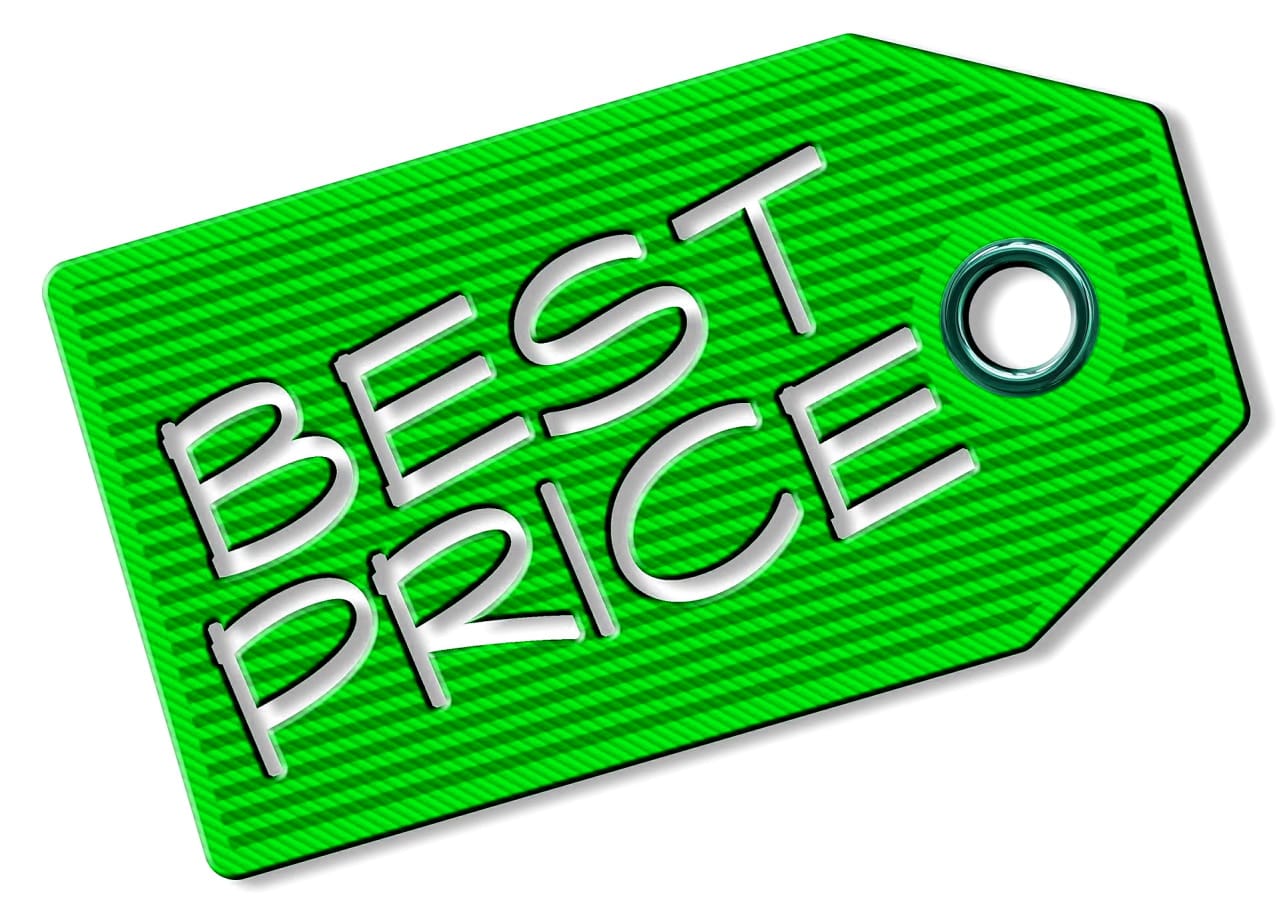How to assess the value of your domain names based on factors such as age, length, popularity, and potential for future growth, and use domain name appraisal tools to make an informed decision that maximizes your chances of selling your domain name at a fair price.
If you’re looking to sell a domain name, one of the most important decisions you’ll need to make is how to price it. There are a number of factors to consider when pricing a domain name, including its age, length, popularity, and potential for future growth. In this article, we’ll explore some of the best ways to price your domain names in order to maximize your chances of selling them.
- Consider the age of the domain name
One important factor to consider when pricing a domain name is its age. In general, older domain names are more valuable than newer ones, because they are perceived as being more authoritative and trustworthy. This is especially true if the domain name has been in use for a long time and has a history of generating traffic and backlinks.
To determine the age of a domain name, you can use a tool like Whois to look up its registration date. If the domain name is relatively new, you may want to price it lower than a similar domain name that has been in use for several years.
- Look at the length of the domain name
Another important factor to consider when pricing a domain name is its length. In general, shorter domain names are more valuable than longer ones, because they are easier to remember and type. A one or two-word domain name is often worth more than a longer domain name that includes multiple words or hyphens.
If you have a longer domain name that you’re looking to sell, you may want to consider shortening it by removing unnecessary words or using a different domain extension. For example, if your domain name is “BestCoffeeShopsInNewYork”, you might consider shortening it to “NYCoffeeShops” or “BestCoffee”.
- Assess the popularity of the domain name
The popularity of a domain name can also have a significant impact on its value. If the domain name is related to a popular industry or niche, it may be worth more than a similar domain name that is less popular. For example, a domain name related to the fitness industry may be worth more than a domain name related to a niche hobby.
To assess the popularity of a domain name, you can use tools like Google Trends or Keyword Planner to see how often people are searching for relevant keywords. If your domain name is related to a highly popular niche, you may be able to price it higher than a similar domain name that is related to a less popular niche.
- Consider the potential for future growth
Finally, it’s important to consider the potential for future growth when pricing a domain name. If the domain name is related to a growing industry or trend, it may be worth more than a similar domain name that is related to a declining industry or trend.
To assess the potential for future growth, you can look at industry reports and forecasts to see where the market is headed. For example, if you have a domain name related to the cryptocurrency industry, you may be able to price it higher if you believe that the industry will continue to grow in the coming years.
- Use domain name appraisal tools
In addition to considering the factors above, you can also use domain name appraisal tools to get a better sense of how much your domain name is worth. These tools use algorithms and data analysis to estimate the value of a domain name based on a number of factors, including age, length, popularity, and more.
Some popular domain name appraisal tools include EstiBot, GoDaddy Domain Appraisal, and Sedo Domain Appraisal. Keep in mind that these tools are not always accurate, and you may need to use your own judgment to determine the best price for your domain name.
Pricing a domain name can be a tricky task, but by considering the age, length, popularity, potential for future growth, and using domain name appraisal tools, you can make an informed decision that maximizes your chances of selling the domain name at a fair price.
It’s important to keep in mind that domain name pricing is not an exact science, and there are a number of factors that can influence the value of a domain name. Ultimately, the price you set will depend on a combination of these factors, as well as your own goals and expectations for the sale.
When pricing your domain name, it’s also important to be realistic and flexible. If you set the price too high, you may scare away potential buyers, but if you set it too low, you may leave money on the table. It’s a good idea to start with a price that you feel is fair and adjust it based on market demand and feedback from potential buyers.
Also, there are a number of other factors that can influence the sale of a domain name. For example, having a professional-looking website or landing page can help attract potential buyers, as can advertising the domain name through social media, forums, and other channels.
Selling a domain name requires patience, persistence, and a willingness to adapt to changing market conditions. By taking the time to price your domain name effectively and market it in a professional and strategic way, you can increase your chances of making a successful sale and generating a profit on your investment.

